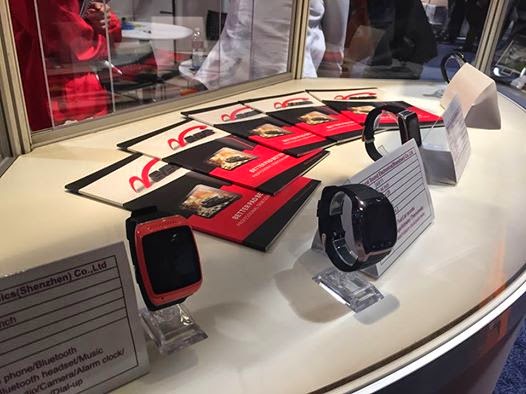Ever had a product idea and wondered if it was any good? Whether you are an engineer, an MBA, or a stay-at-home mom, these 5 tips will help you answer definitively whether your idea is good… or not!
Tip #3:
Can you sell one and for how much?
I don’t mean build one then sell one.. I mean sell one!
The best way to know if your product idea is good, and the TOP TIP to know for sure if your idea is good is to PRE-SELL it!
Literally, setup a 2 page website where page 1 introduces the product, page 2 accepts a pre-order. If you can get a few pre-orders, go ahead a build *a few*…
You could also do this with Kickstarter or Indiegogo, but those services expect bigger ideas and a real budget for video/marketing/etc. Instead take the money you make on the first few orders to build some…. then build a few more… once you’ve sold 100, go ahead, do your kickstarter!
Good luck!
Go out and SELL! Sales is the only way to know if your product ideas is good or not.
Now, back to my Smart Watch idea….



